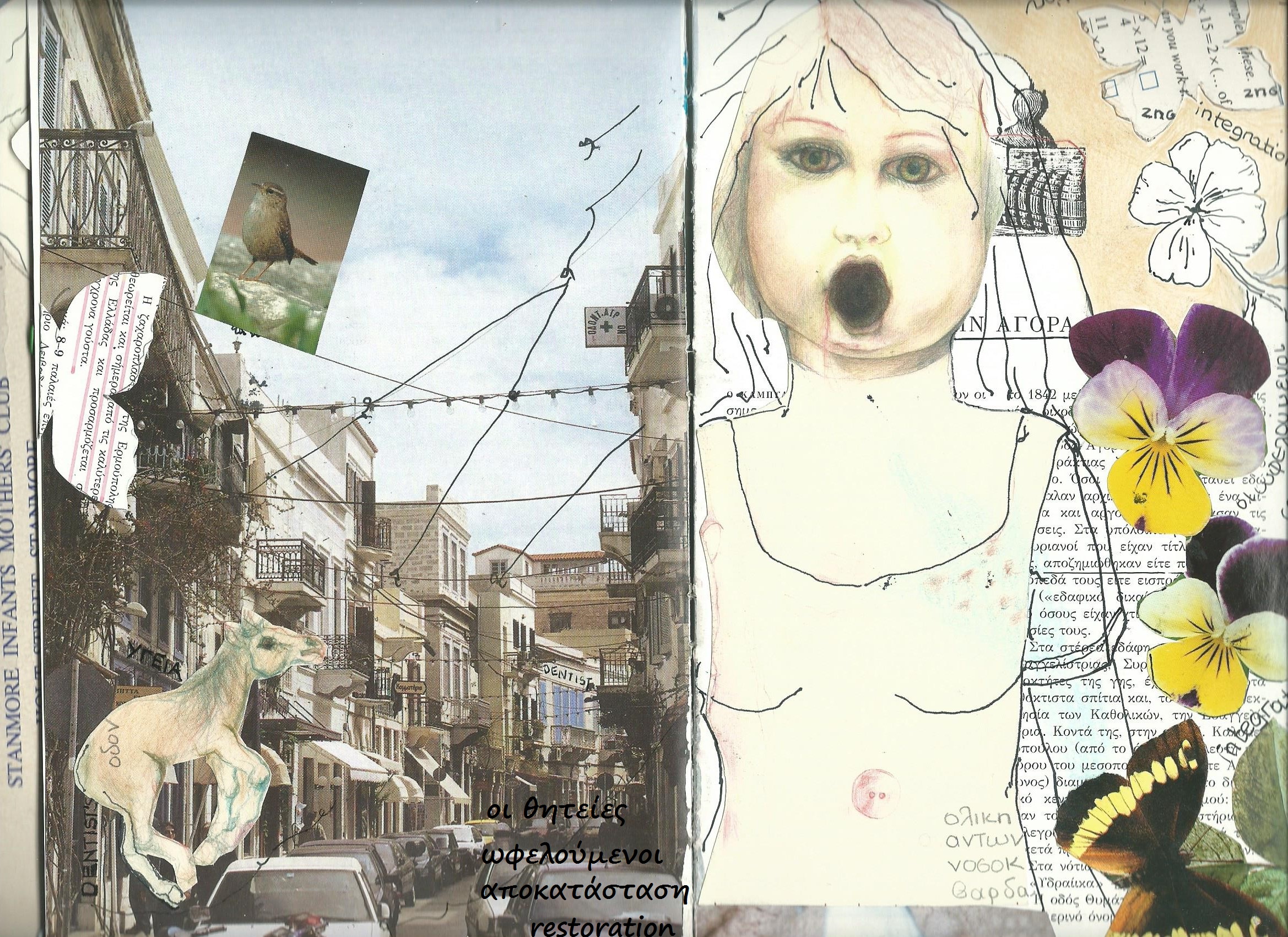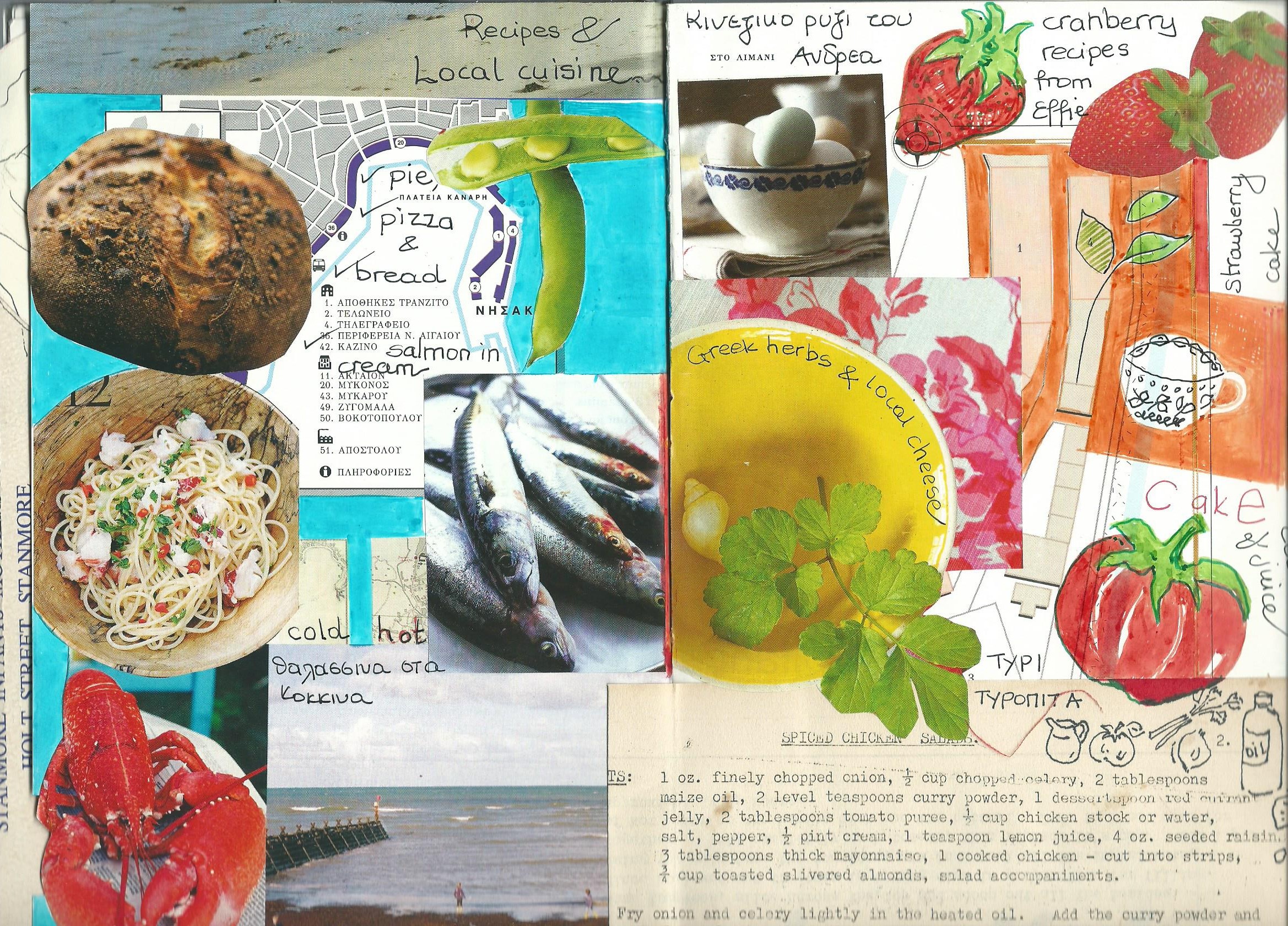I have just finished reading Harriet Claire Wadeson’s book – Journaling Cancer in Words nd Images: Caught in the Clutch of the Crab (2011). Harriet Wadeson is considered a pioneer in art therapy and has published many books and received several awards for her work. This particular book includes her cancer written journal and a CD-ROM of the altered book she created during this difficult phase in her life – Cancer Land: An Altered Book for an Altered Life -. Below are some extracts from her book.
‘Writing and painting, however, even if about the pain in your current reality, lifts you beyond that reality into a world of your own creation. There is a strange paradox here. Although the focus is on what may be suffering, perhaps even the reliving of an excruciating experience, that focus is enveloped by another focus, which is the creative experience itself. While writing about nausea from chemotherapy for example, I was also selecting the best words to describe it. Sometimes I could find satisfaction and even pleasure in perhaps pairing just the right words. This same sort of creative involvement was even more intense in making art. Instead of words, I would be selecting and composing images and enjoying the sensual pleasures of manipulating materials with the stroke of a paintbrush or applying glossy satin ribbons. So although writing or painting about nausea, I was enjoying my own creative activity. Afterwards, I would look at my creation and smile. Yes, I would think, that is what it is like’.
‘Although images are static, a book is sequential. It can tell a story. A book seemed to me to be the perfect container for images of my experience…… An altered book is a mixed media artwork that changes a book from its original form by altering its appearance and/ or meaning. Material may be added by drawing, painting, gluing, tying and stitching and subtracted by cutting, tearing or burning. The shape of pages of the entire book may be changed. The original text may be utilized or covered or cut out in whole or part’.
‘Although we speak to one another in words, images surround us. What we see and how we see influences us, perhaps more than we know. As I tell my art therapy students, we think in images as well as in words, but we had images way before we knew the meaning of words. We could recognise our mothers before we had a name for her. Images are a more primitive source of knowing our world’.


